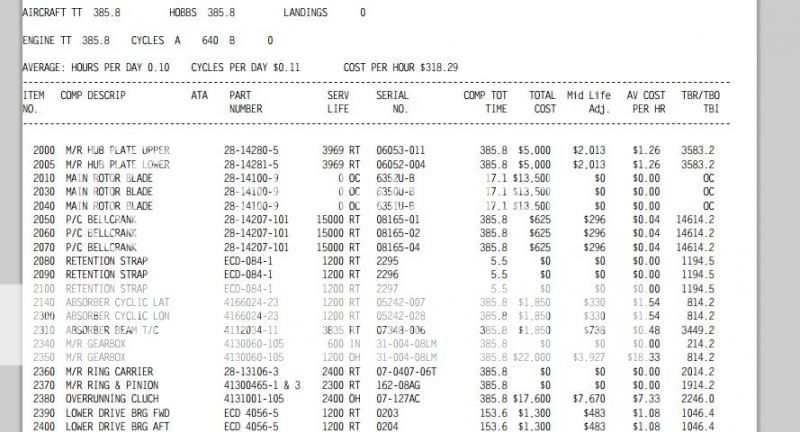It appears to me like that AC is talking about CS props only since it specifically refers to propellers that must be overhauled. R&W was talking about fixed pitch.
Hu?
Fixed pitch composite prop 2000 hrs or 72 month page 61-30-01 page 1
http://www.mccauley.textron.com/mpc28ow.pdf
McCauley Fixed pitch aluminum Section 61-00-06 pages 607 & 608
http://www.mccauley.textron.com/mpc26ow.pdf
P. Fixed pitch propellers - 2000 hours or 72 calendar months which ever occurs first*. Additionally the propeller mounting bolt torque should be checked at least once per year. Propeller mounting bolts must be magnetic particle inspected in accordance with ASTM E-1444 or liquid penetrant
inspected in accordance with ASTM E-1417 or replaced at every overhaul. Propeller mounting bolts must be replaced whenever the propeller is involved in a blade strike as defined in Necessary Actions Following Object Strike of Stationary Propeller, Blade Strike of Rotating Propeller, Bird Strike, or Sudden Engine Stoppage.
• *For 1A170E/JHA[XXXX] propellers only, installed on Aircraft Operating as Pilot Schools in
accordance with 14 CFR, Part 141, and all aircraft with 2000 or more cycles for every 1000
flight hours must be inspected in accordance with Service Bulletin 240[X] every 1000 hours
or 72 calendar months whichever occurs first.
• *For 1A103/TCM[XXXX] propellers only, the overhaul frequency is every 1500 hours of
operation or 72 calendar months, whichever occurs first. All propellers with 1500 or more
hours total time in service must be inspected in accordance with Alert Service Bulletin 221[X]
every 750 hours of operation or 36 calendar months whichever occurs first.
Sensenich fixed
On August 20, 1997 the New York Aircraft Certification Office
approved Sensenich’s request to increase its fixed-pitch aluminum propeller
TBO time from 1000 hours to 2000 hours.
http://www.sensenich.com/files/documents/Service_Bulletins_R-17_1263314631.pdf



